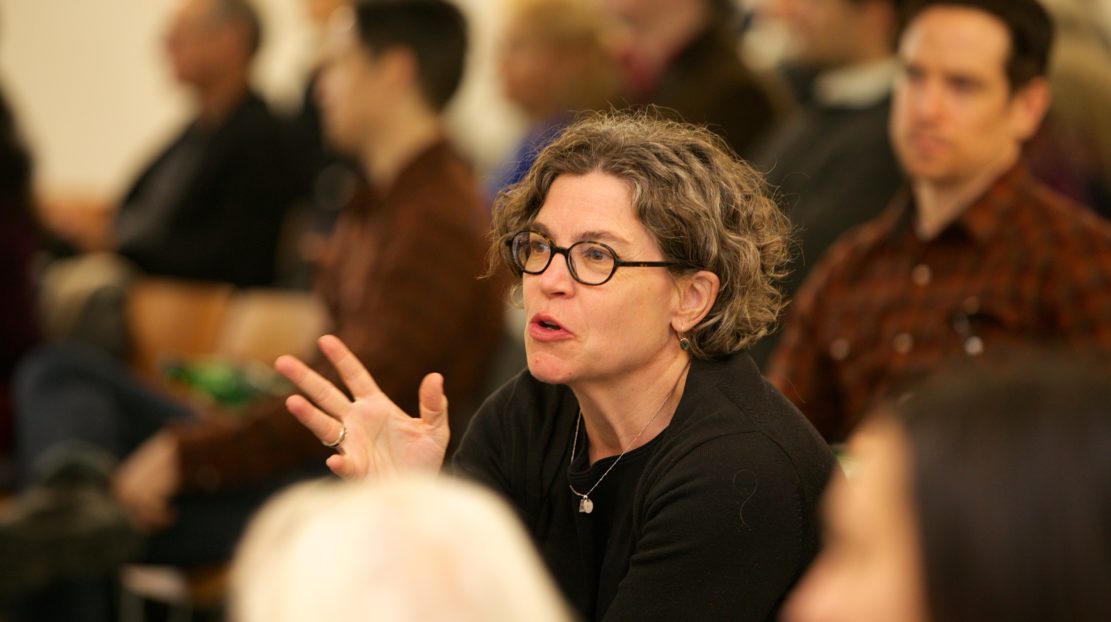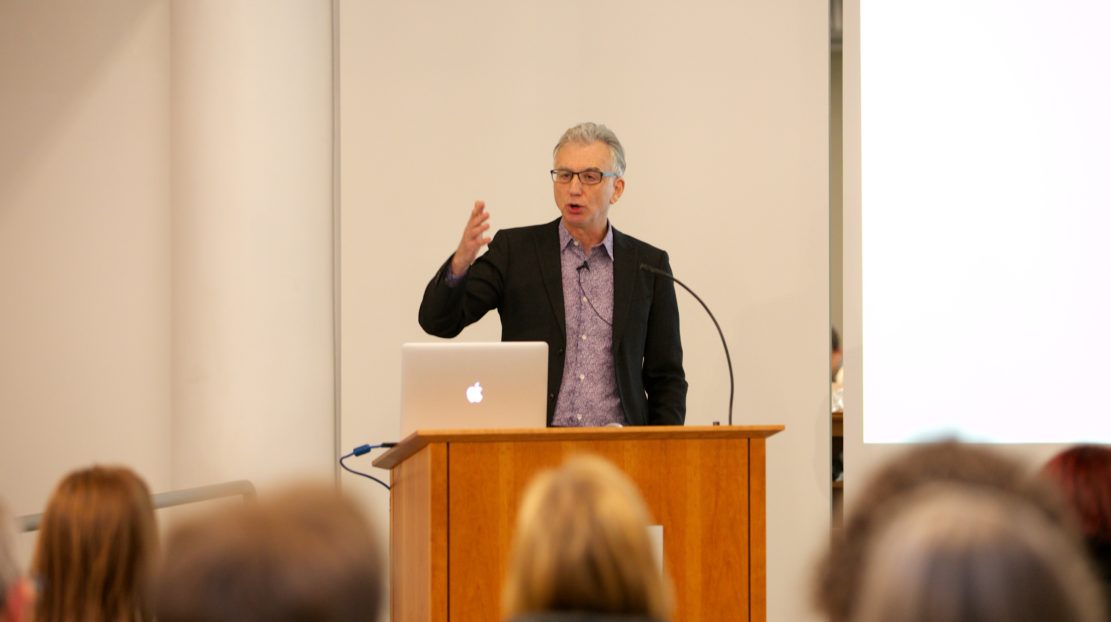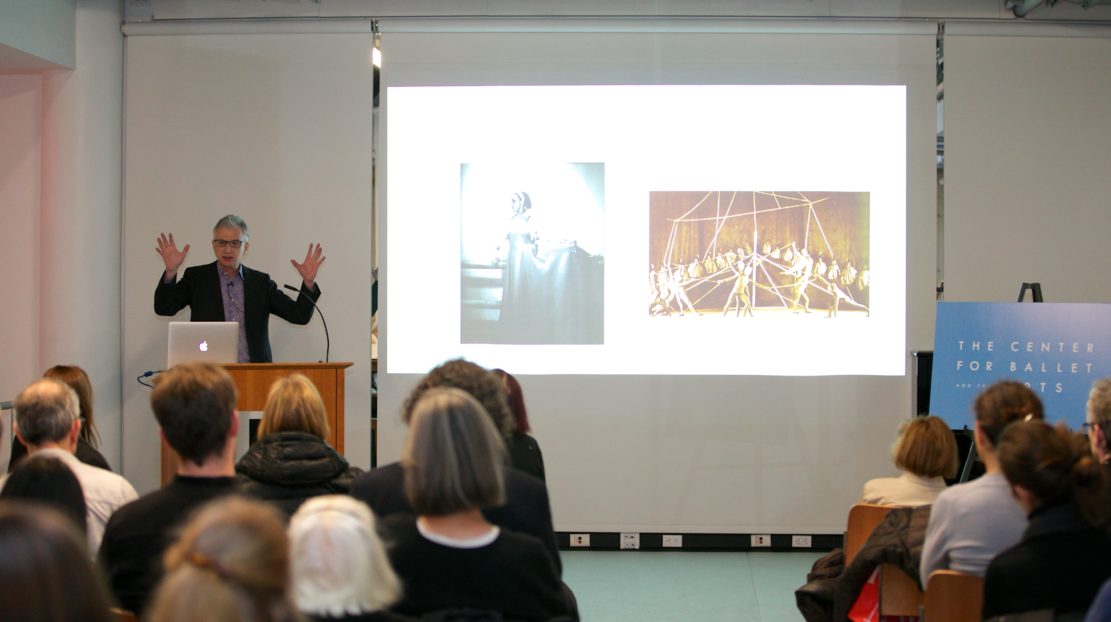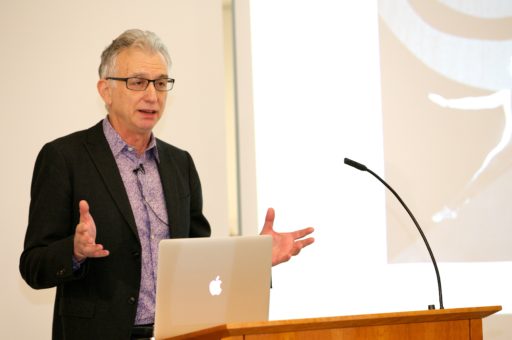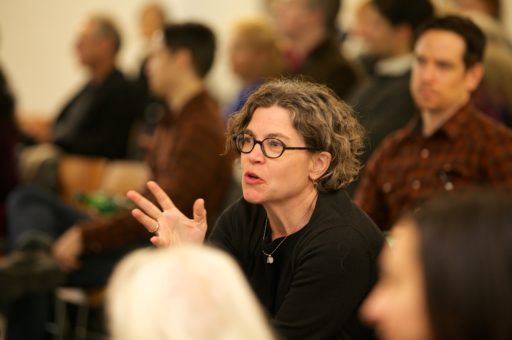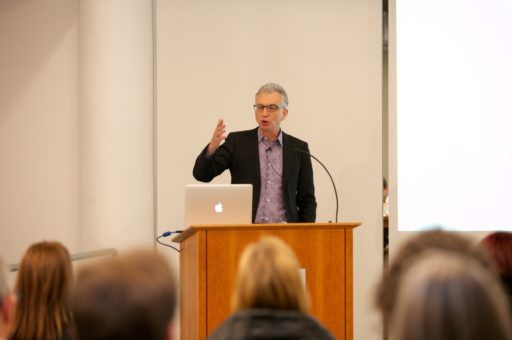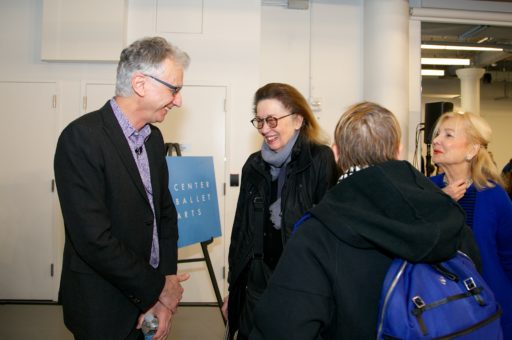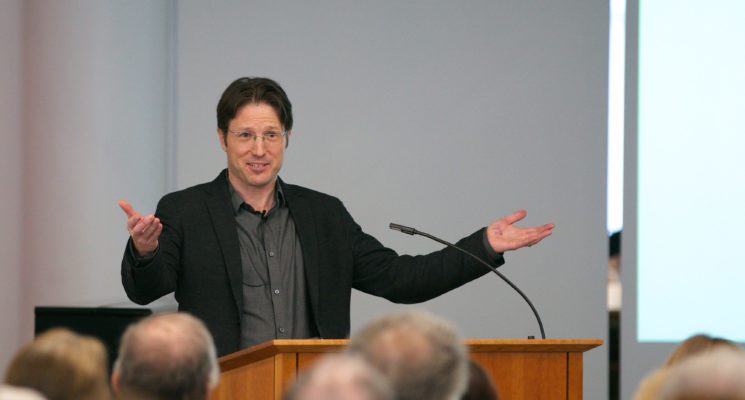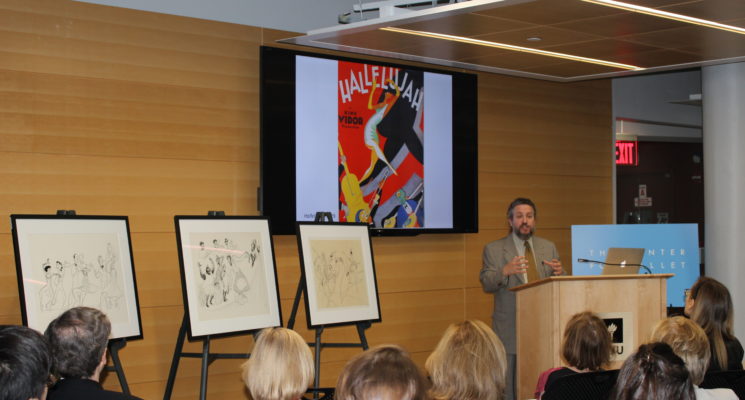*Note: To view this video in high definition, press play. Then, click the full screen button (the white box on the bottom right corner of the video player). Select the grey gear icon at the bottom of the video player. Click “Quality,” then select “1080p.”
Alexander Calder (1898-1976) had a lifelong fascination with theater, music, and dance, and he collaborated with musical and theatrical artists whenever he had the chance. While the Cirque Calder that he began to perform for small audiences in Paris in the late 1920s has become the stuff of legend—and one of the great treasures of New York’s Whitney Museum—Calder’s wider embrace of music and dance has only begun to be studied and remains little understood. In a presentation ranging from Calder’s collaborations with Martha Graham in the 1930s to the audacious “ballet without dancers” that he mounted at the Rome Opera House in 1968, Jed Perl (CBA ’15) explored Calder’s revelatory experiments with dance—which he conceived as an ever-expanding investigation of sculptural movement as theatrical experience. Perl had been writing the first full-length biography of Alexander Calder.



